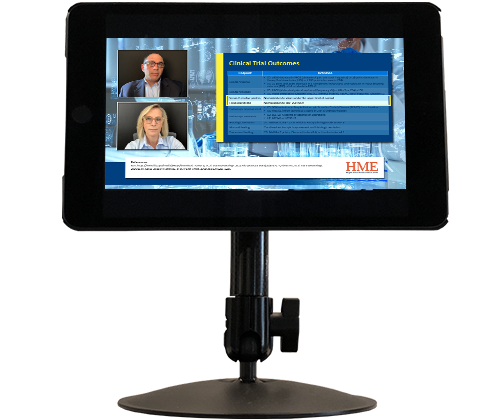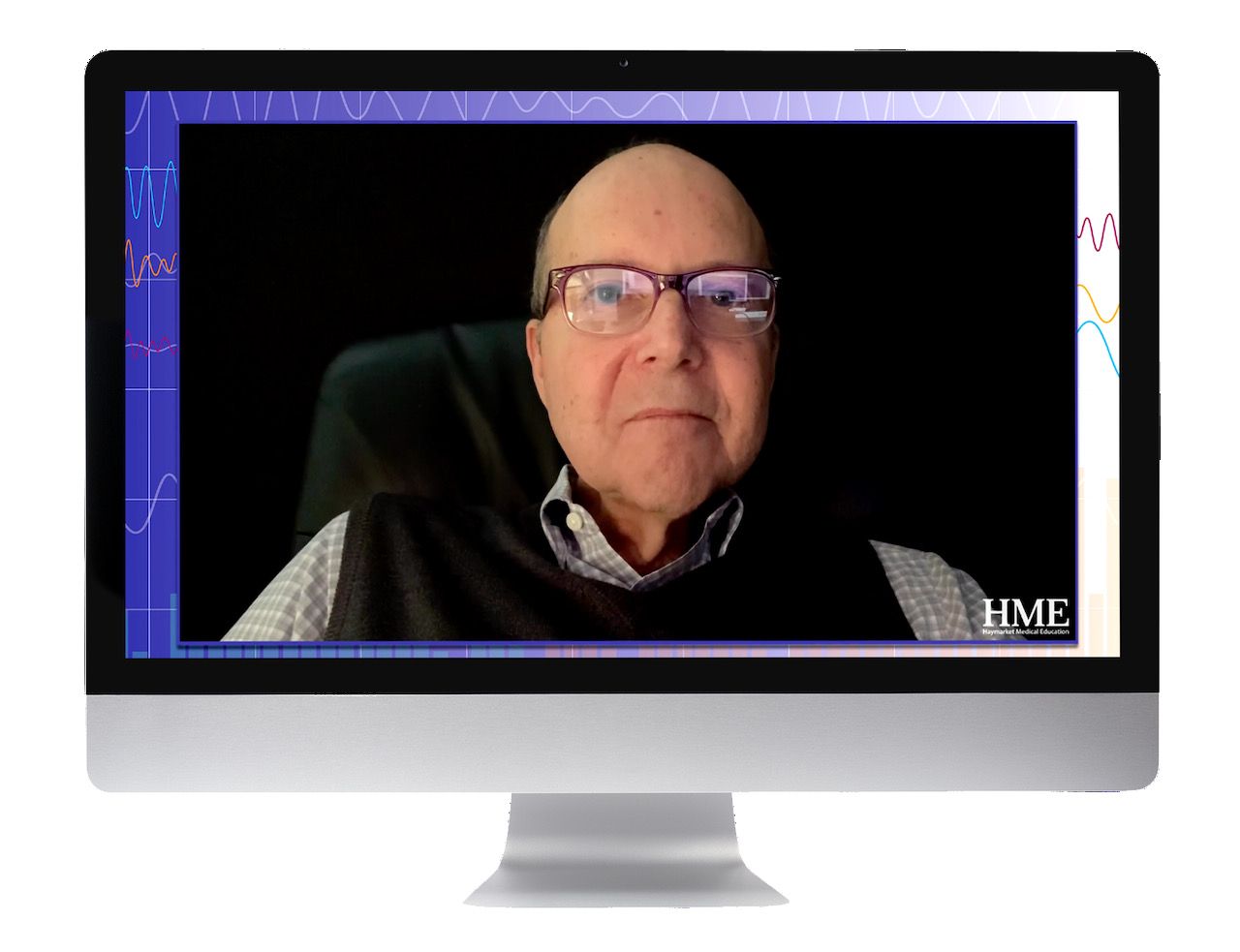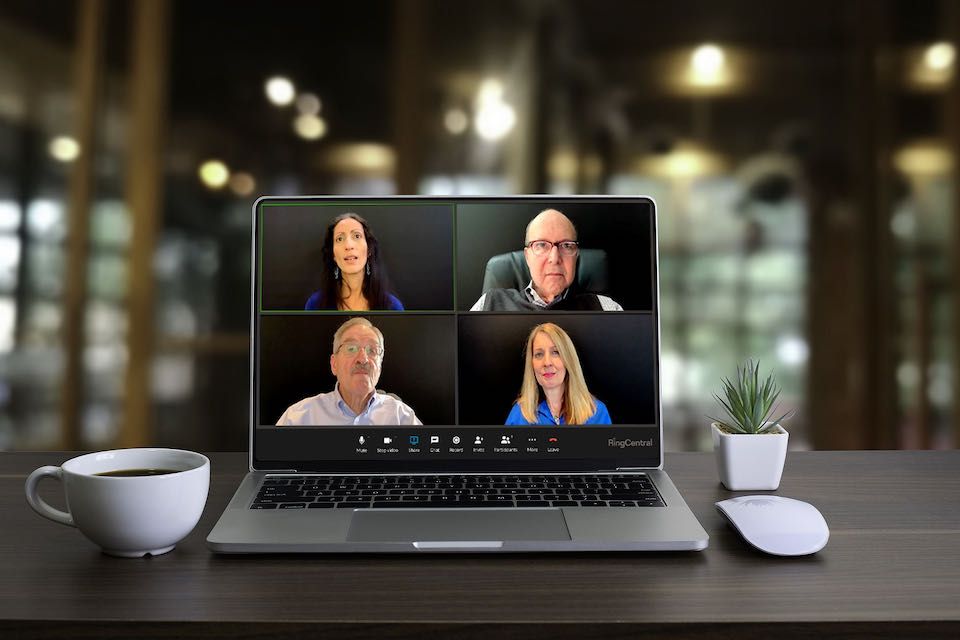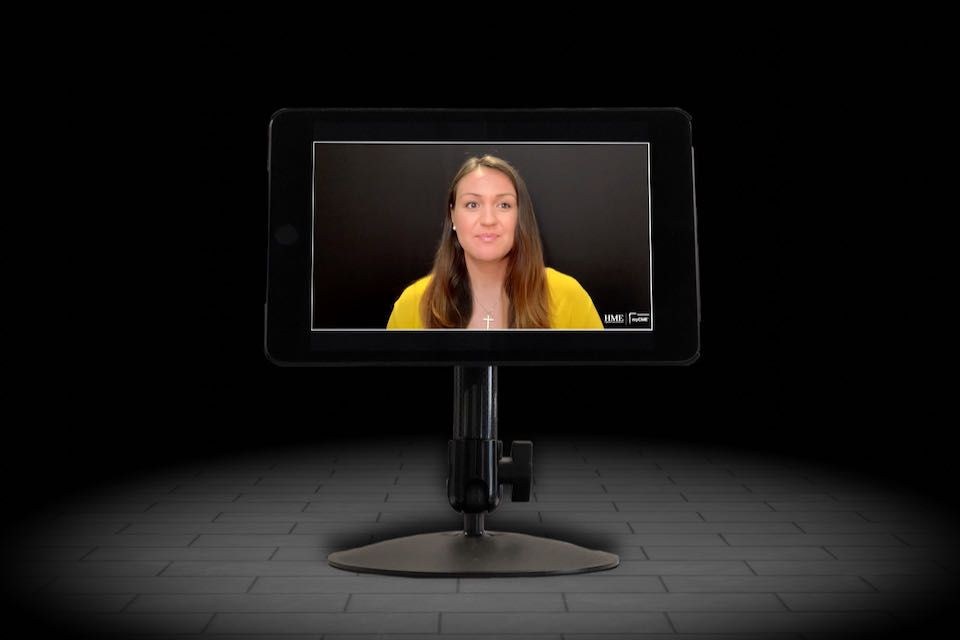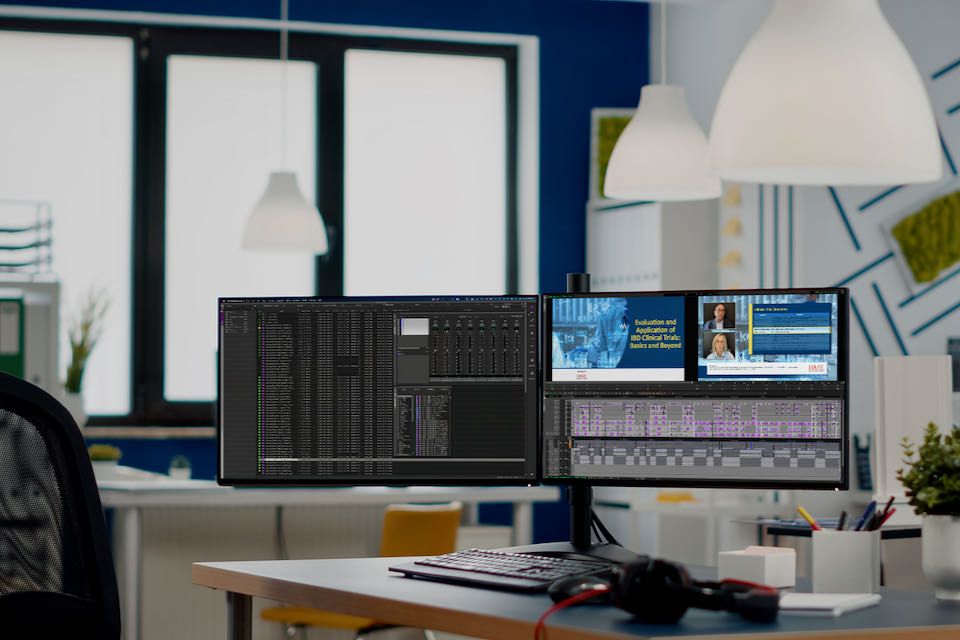Case Study
HME
Quality video during the pandemic and beyond.
Client
Date
Our Services
-
Project Management
-
Technical Support
-
Slide Video Graphics
-
iPad Programming and Deployment
-
Video Production
-
Video Post Production
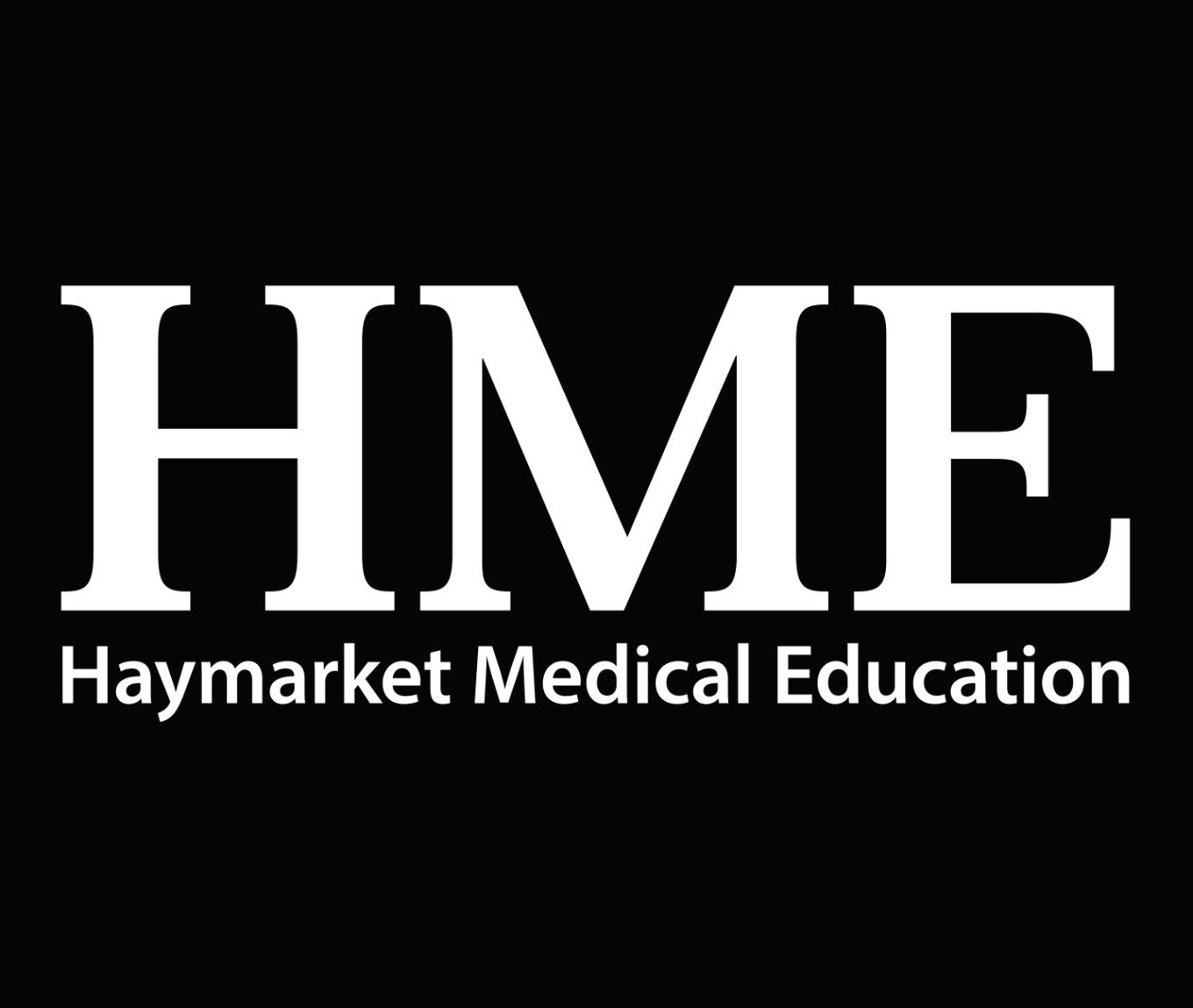
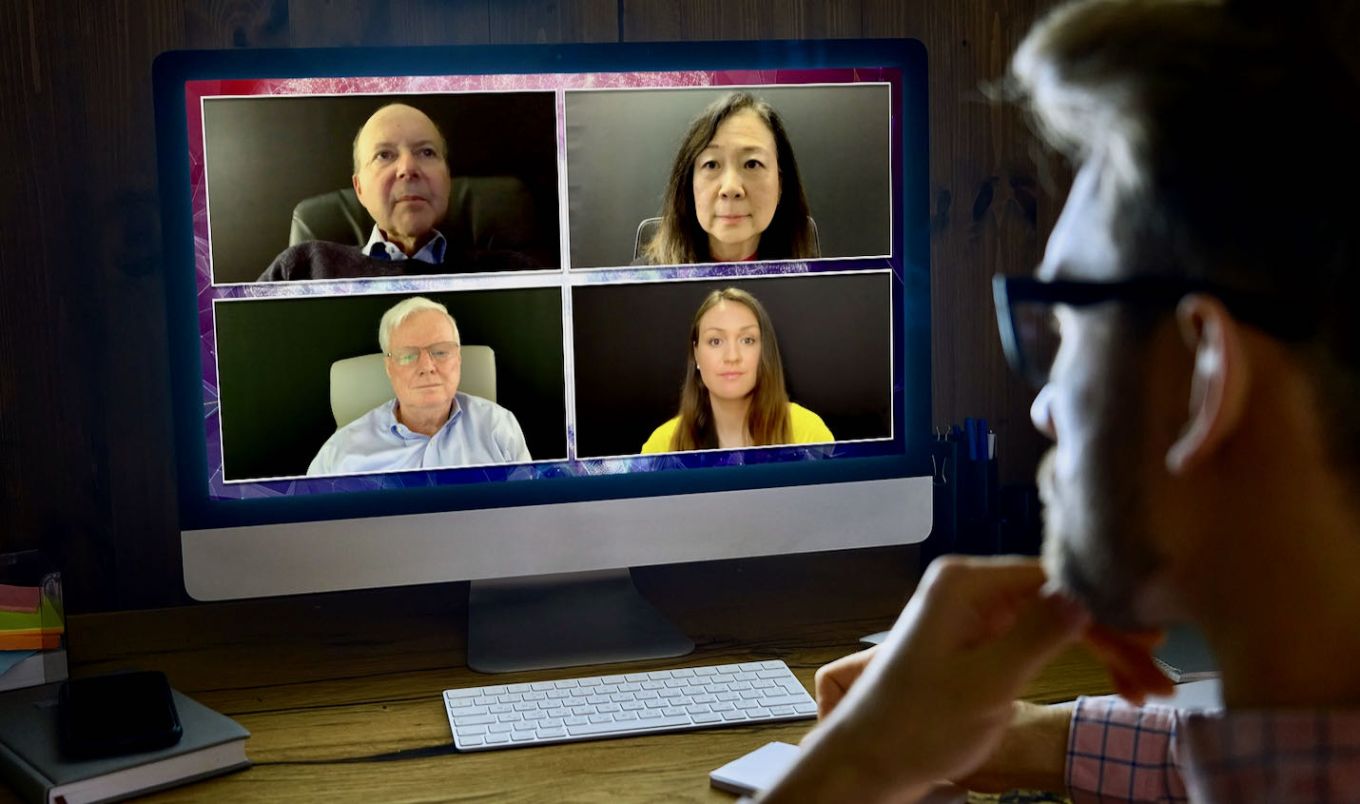
The Goal
Haymarket Medical Education (HME) was facing pandemic challenges with their video production. With travel restrictions in place due to COVID-19 and the challenges of getting medical faculty into a studio, they wanted to offer their clients something more than the typical video communications call to which everyone was becoming accustomed. Current technologies offered poor quality and low production value.
Our goal was to create a solution using many of the technologies and processes we have used in the past, as well as some new equipment, to deliver high quality video as close to a studio production as possible.
The only thing worse than being blind is having sight but no vision.
Building the concept
Our challenge was to provide an in studio experience in a virtual environment with all medical faculty and patients in the comfort of their own homes or offices. After the recording our next challenge was to get the footage to the editors in a timely manner. We wanted the process to flow as close to a studio production as possible.
Using video communications software that we have licensed for many years, we were able to create a hybrid environment for our faculty. We combined that with newer iPad minis and a metal stand with a magnetic mount. In the past we had tried several different types of stands and mounts, and all failed miserably or consumed valuable set up time during testing.
The latest iPad minis were chosen because of their size, but more importantly they utilize a full HD quality forward-facing camera. This created a small camera package that could be shipped easily via FedEx. The video communication app was installed, and several factory settings were adjusted so the camera app could be used for 30 minutes to more than 1 hour recording sessions.
The video communications software was used to direct the live sessions as if we were all in the studio. We could dial into the iPads and see the entire frame that was about to be recorded. This helped us with positioning, background selection, hair, makeup and wardrobe. All parties were muted, and only the director would start or stop the recording. All team members including the client had access to a private chat for any additional direction or feedback.
The next challenge was ensuring that the video could be accessed in a timely manner. While all equipment would be returned to us via FedEx, we didn’t want to wait to start editing and needed an insurance policy in case something happened to the shipments. We upgraded the iCloud accounts associated with the iPads and were able to see the recordings of each faculty and patient shortly after the session — if not immediately in some cases.
From here, everything from audio, graphics, slide conversion for video, editing and export were all handled like typical video post production. Our biggest challenge during post production was audio. We upgraded our audio post software to allow some newer forensic tools that allowed us to quiet down or eliminate things like landscapers, dogs barking and street noise to name but a few.
iPads in Action
The Result
Using forensic audio tools, basic color correction and some audio sync magic, we were able to deliver a studio quality edit using several virtual tools. The faculty and patients found it very easy to use, and the client was happy with the end result. We managed to provide a higher quality production for their client as compared to standard video communication technologies.
